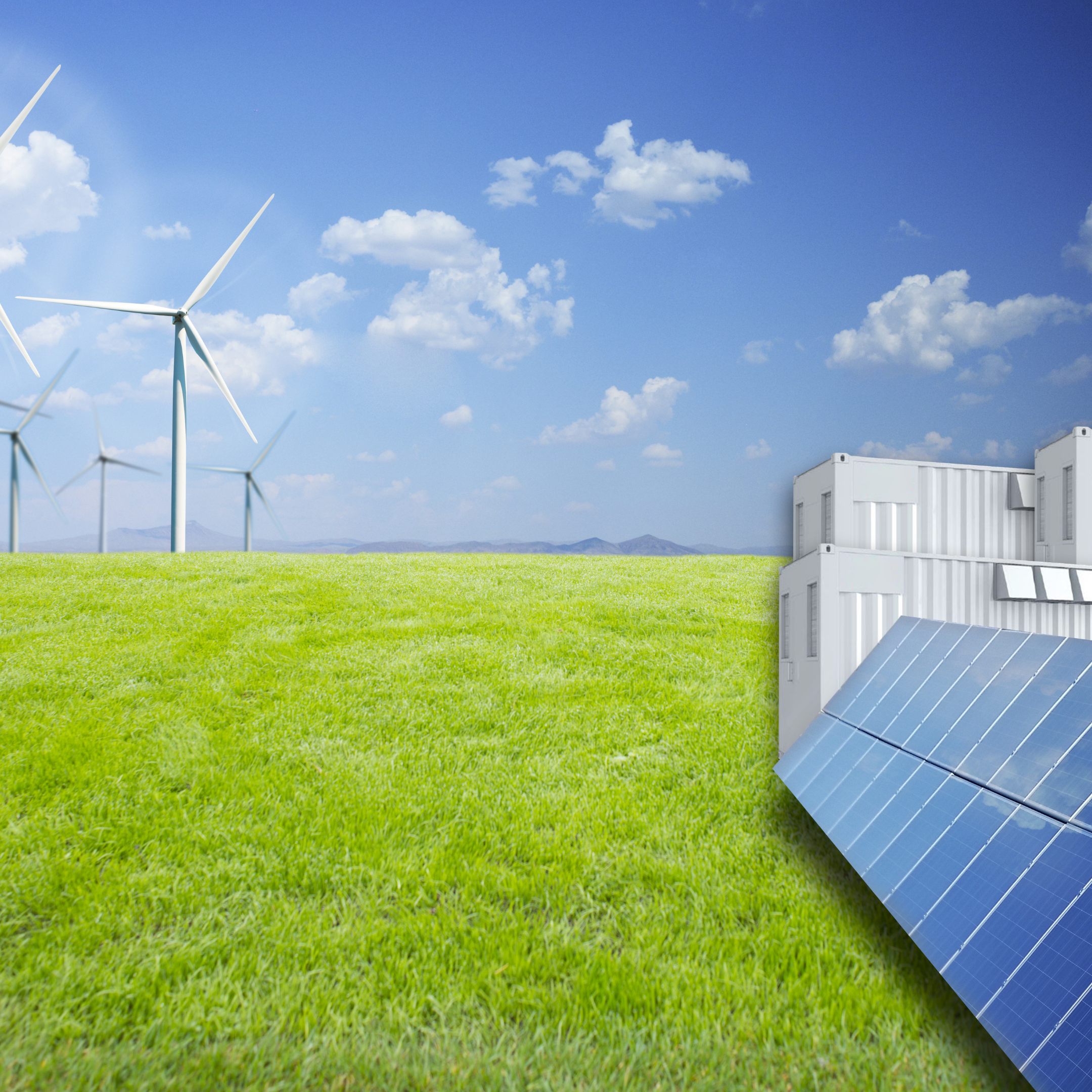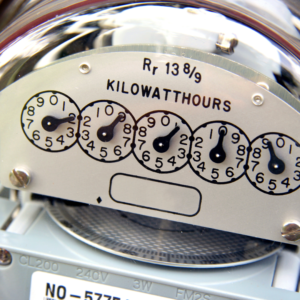Although wholesale electricity prices have reduced in recent months, it is unlikely that households and businesses will see these benefits in their electricity bills until 2024.
In late December the Federal government stepped into the energy market and intervened, placing a price cap on wholesale gas and the price of coal, essentially disconnecting the domestic energy market from the international energy market. Moreover, the Federal treasury analysed the wholesale electricity market in November 2022, comparing it with the prices we saw in December. After Federal intervention the price caps on coal and gas have dropped prices in QLD by 44% and 38% for NSW.
Following these caps being put in place, the domestic electricity market corrected and both spot and futures contracts dropped to match an underlying cost of production for electricity based on these new capped fuel prices.
However, does this mean electricity bills are going to drop a similar amount? Well, the bad news is no. Retail bills are normally locked in well in advance so many large users have locked in pricing for 2023. The underlying energy costs are only part of the retail bill as other costs include transmission, distribution and AEMO charges which unfortunately have not decreased and have the potential to increase as the market evolves.
While the underlying cost of electricity will drop with more renewable energy entering the market, the other costs on the electricity bills will now represent a higher proportion and are likely to increase.
Renewable energy requires more transmission lines to connect the generators to the grid, they require specialised services to maintain the security of the grid and will also require a higher cost generation or storage to provide firming for around the clock supply.
Edge Utilities offer market leading services for business and strata energy users. We help you navigate the ever-changing energy landscape, focus on renewables and save on your power bills through our Edge Utilities Power Portfolio (https://edgeutilities.com.au/edge-utilities-power-portfolio/). Reach out, we would love to assist you: info@edge2020.com.au or call on:1800 334 336


 Eraring is expected to be the cause of much of the impairment, but the gas-powered generation (GPG) units did not fair much better. The GPG were affected due to the increased cost of gas and the decrease in the spot and contract electricity market price.
Eraring is expected to be the cause of much of the impairment, but the gas-powered generation (GPG) units did not fair much better. The GPG were affected due to the increased cost of gas and the decrease in the spot and contract electricity market price. sumer bodies, academics, government bodies and interested parties over the last two years. An options paper was released in April and the final advice is expected to closely reflect the options discussed.
sumer bodies, academics, government bodies and interested parties over the last two years. An options paper was released in April and the final advice is expected to closely reflect the options discussed.
 Earlier in the week Richard announced that Stanwell had long term plans to transition from a largely coal fired generator to a renewable energy and storage business.
Earlier in the week Richard announced that Stanwell had long term plans to transition from a largely coal fired generator to a renewable energy and storage business. et (NEM) is near impossible. But a solid understanding of the fundamentals is essential if you stand any chance of knowing some of the more complex aspects of it.
et (NEM) is near impossible. But a solid understanding of the fundamentals is essential if you stand any chance of knowing some of the more complex aspects of it.
